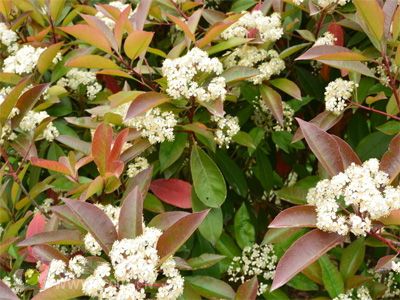Heather Cultivation and Care Techniques: 1. Seedling Selection. When buying heather seedlings, it's essential to choose a reliable supplier with good after-sales support. This ensures high-quality plants with consistent growth and strong root systems. A recommended company is Zhejiang Senhe Seed Industry Co., Ltd., which specializes in heather production in China. Their seedlings are container-grown, well-rooted, and have minimal transplant shock, resulting in nearly 100% survival rates and quick establishment after planting. 2. Site Preparation. Heather thrives in loose, fertile, slightly acidic to neutral soil with good drainage and irrigation access. Before planting, apply 3,000 kg of composted manure and 50 kg of superphosphate per mu (approx. 667 square meters). Till the soil to a depth of over 25 cm, level it, and create raised beds about 1 meter wide. Also, apply insecticide to prevent underground pests. 3. Transplanting Seedlings. The best time to transplant is between March–April in spring or October–November in autumn, depending on local weather conditions. Spacing depends on your cultivation goals. For small shrubs intended for sale within a year, use a spacing of 35x35 cm or 40x40 cm, allowing around 3,000 plants per mu. When transplanting, make sure to remove the container or nutrient block carefully to keep the root ball intact. Dig a hole, place the seedling, fill with fine soil, gently press down, and water immediately after planting to help the roots settle. 4. Ongoing Care. After transplanting, water management is crucial during the initial growth phase. Water every 3–4 days if there’s prolonged sun, then every 10 days. In rainy periods, ensure proper drainage. After about 15 days, start fertilizing. Apply urea every half month in spring at 5 kg/mu, and use compound fertilizer in summer and autumn at the same rate. In winter, apply 1,500 kg of organic fertilizer per mu, preferably buried into the soil. Always follow the "little and often" principle to avoid root burn. 5. Pest and Disease Management. Heather is generally resistant, but poor management or unsuitable conditions can lead to issues like gray mold, leaf spot, or scale insects. To prevent botrytis, spray a 1000x solution of 50% carbendazim. For leaf spot, use 50% carbendazim or thiophanate at 300–400x. For scale insects, apply 200x dimethoate emulsion or 800–1000x spray solution. Regular monitoring and timely action are key to maintaining healthy plants. MECAIR Type Pulse Valve Diaphragm NINGBO DOTEC is a pulse Valve Diaphragm manufacturer and supplier in China for many years. We have various diaphragms for MECAIR pulse valves. Pls just tell us your Pulse Valve model or diaphragm model, then we will check it out and offer you price accordingly. MECAIR Diaphragm, MECAIR Pulse Valve Diaphragm, MECAIR Pulse Valve Membrane NINGBO DOTEC AUTOMATION CO., LTD , https://www.ningbodotec.com
Different Options:
1. Diaphragm Sheet Material: NBR, EPDM, FKM, TPE, TPEE, HYTREL, etc
2. Diaphragm Seat Material: NBR, EPDM, FKM, Nylon, TPE, TPEE, PTFE, etc
3. Suitable Pulse Valve Size: from 1/2'' to 4''
4. Customization: If you have a drawing or can provide a sample, we can make the same diaphragm as yours